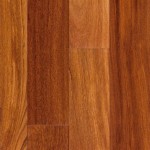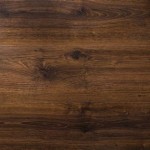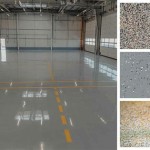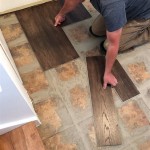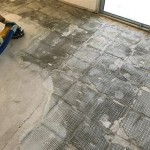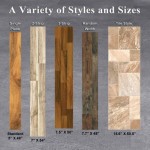The Benefits of Slate Stone Flooring: Pros and Cons
Slate stone flooring is a popular choice for homeowners seeking a durable, natural, and elegant option for their homes. Slate is a metamorphic rock formed from shale, known for its resilience, unique patterns, and timeless beauty. While it offers numerous advantages, it's important to weigh the pros and cons before making a decision.
Durability and Longevity
One of the primary benefits of slate flooring is its exceptional durability. Slate is naturally dense and resistant to scratching, chipping, and wear. It can withstand heavy foot traffic and the weight of furniture, making it ideal for high-traffic areas like entryways, kitchens, and hallways. With proper maintenance, slate flooring can last for generations, adding value to your home.
The hardness of slate translates to a long lifespan. It's resistant to fading and discoloration, retaining its natural beauty for years. The surface is also non-porous, making it less susceptible to stains and moisture damage. This inherent durability reduces the need for frequent replacements and repairs, saving you money in the long run.
Aesthetic Appeal and Versatility
Slate is renowned for its unique and beautiful natural patterns. Each slate tile features a distinctive combination of colors, textures, and veins, offering a truly one-of-a-kind look. From classic gray to earthy browns and vibrant greens, there's a wide range of colors to choose from, allowing you to create a personalized aesthetic that aligns with your décor.
The versatility of slate stone flooring extends beyond its color palette. It can be installed in various finishes, including honed, tumbled, or polished. Honed slate provides a smooth, matte finish, while tumbled slate offers a more rustic and aged appearance. Polished slate creates a high-gloss finish that reflects light and adds an element of luxury to any space.
Slate's versatility extends to design possibilities. It can be used in various layouts, including traditional brick patterns, contemporary herringbone arrangements, and even intricate mosaics. The natural variations in each tile create visual interest and prevent a monotonous appearance.
Sustainability and Environmental Friendliness
Slate stone flooring is a sustainable and environmentally friendly choice. It's a natural material extracted from quarries, eliminating the need for synthetic production processes. The extraction process is relatively low-impact, and slate is a renewable resource, ensuring its availability for future generations.
Additionally, slate is highly durable, requiring less maintenance and fewer replacements compared to other flooring options. This reduces the need for manufacturing and transportation, minimizing the carbon footprint associated with flooring materials.
Slate also contributes to a healthier indoor environment. It's non-allergenic and doesn't attract dust mites, making it an excellent choice for people with allergies or sensitivities. Its naturally cool surface can help regulate room temperature, particularly in warmer climates.
Potential Drawbacks of Slate Stone Flooring
While slate flooring offers numerous advantages, it's important to consider its potential drawbacks. Slate is a relatively dense and heavy material, requiring a sturdy subfloor and experienced installation. The installation process can be time-consuming and labor-intensive, potentially increasing the overall cost.
Slate can be slippery when wet, especially if it's polished. While this can be mitigated by applying a non-slip sealant, it's crucial to exercise caution in wet areas like bathrooms and kitchens.
Slate flooring can be cold to the touch, especially during colder months. This can be addressed with a rug or area carpets in high-traffic areas. A radiant heating system beneath the slate can also provide warmth, but this adds complexity and cost to the installation.
Although slate is naturally resistant to scratches and chips, it's not impervious to damage. Sharp objects or heavy impacts can cause cracks or chips, which may require professional repair. It's essential to use furniture pads and avoid dragging heavy objects across the floor to minimize potential damage. The grout lines between individual tiles can also accumulate dirt and grime over time, requiring regular cleaning and sealing.

Slate Flooring Review Pros And Cons Complete Guide 2024

Stone Flooring Pros Cons Tile Urban Customs

Slate Flooring Pros Cons 2025 Specifier

Why Slate Flooring Is A Good Choice Granite Gold

Slate Flooring Pros Cons Types Installation Method

What To Know About Slate Flooring Stones Okc Richburg Stone

The Pros And Cons Of Slate Tile

Pros And Cons Of Natural Stone Flooring In Layman Terms Wood Beyond Blog

Slate Tile Flooring Pros And Cons Stone Pe Inc

Pro Cons Of Natural Slate Flooring Claude Browns
See Also

